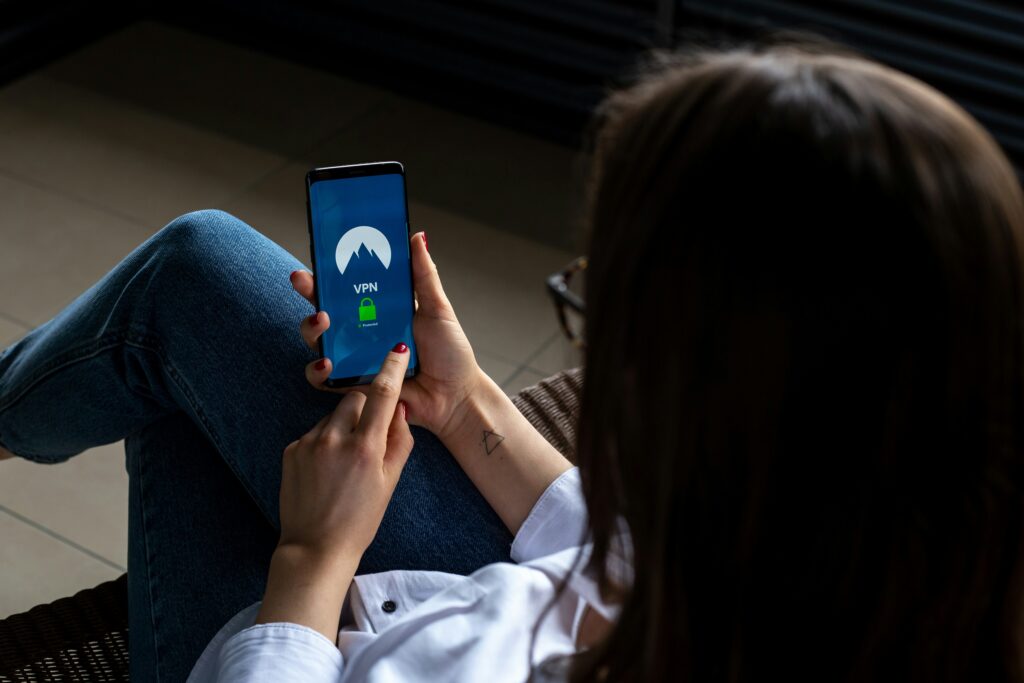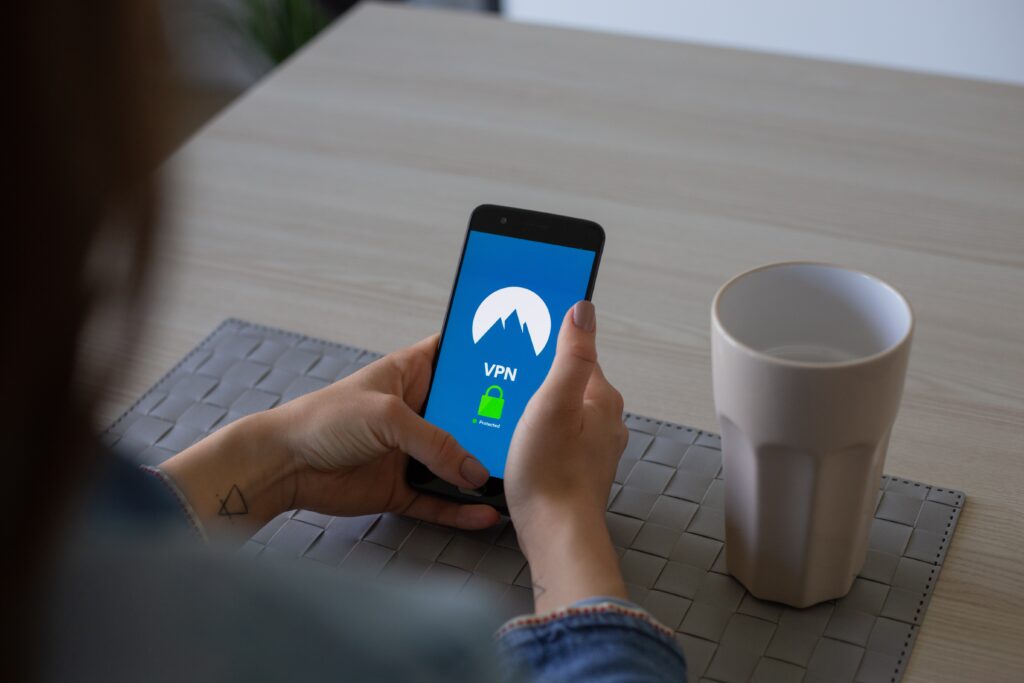Have you ever wondered how cyber espionage groups manage to stay one step ahead in the ever-evolving landscape of cybersecurity? In today’s news, we delve into an intriguing case—the emergence of the Tickler backdoor, a sophisticated multi-stage malware developed by the Iran-backed Peach Sandstorm hackers. This new and stealthy tool demonstrates the ongoing innovation and adaptation of threat actors in their relentless pursuit of sensitive information.

Background on Peach Sandstorm
Who Are Peach Sandstorm?
Peach Sandstorm, allegedly sponsored by Iran, is a cyber espionage group that has been active since at least 2013. Microsoft Threat Intelligence believes the group operates on behalf of the Iranian Islamic Revolutionary Guard Corps (RGC), making it a formidable player in the landscape of state-sponsored cyber threats.
Historical Tactics and Campaigns
Historically, Peach Sandstorm has employed various techniques to infiltrate their targets. From intelligence gathering to severe cyber-attacks, this group is known for its doggedness and cunning. Previous campaigns have involved methodical intelligence gathering, such as via professional networks like LinkedIn, and large-scale password spray attacks to obtain unauthorized access to networks.
The Emergence of Tickler Backdoor
What is the Tickler Backdoor?
The Tickler backdoor is the latest innovation from Peach Sandstorm, detected by Microsoft Threat Intelligence. This custom multi-stage malware represents an evolution in the group’s tactics and techniques. It aims to infiltrate targeted systems more effectively and stay under the radar of cybersecurity defenses.
Infection Chain and Deployment
The infection chain of Tickler is intricate and meticulously crafted. Microsoft identified two samples of this malware in compromised environments between April and July 2024. The first sample was packaged in an archive named Network Security.zip, which included legitimate PDF files used as decoys. The second sample, sold.dll, operates similarly to the first and acts as a Trojan dropper.
Both samples execute a series of actions to gather network information from the infected machine. This data is then communicated to a command and control (C2) server, assisting the hackers in understanding the compromised network’s layout.

Techniques, Tactics, and Procedures (TTPs)
Azure Tenants Abuse
One of the notable TTPs used by Peach Sandstorm involves leveraging Microsoft Azure. The group creates Azure tenants using Microsoft Outlook email accounts and signs up for Azure for Students subscriptions. These subscriptions then host Azure resources that serve as the C2 for the Tickler backdoor. This tactic has also been employed by other Iranian threat groups like Smoke Sandstorm, reflecting a pattern of behavior among these actors.
Lateral Movement and Persistence
Once inside a network, Peach Sandstorm deploys several techniques to move laterally and maintain persistence. These include:
- Moving Laterally via SMB: Server Message Block (SMB) protocols are exploited for spreading within a network.
- Installing Remote Monitoring and Management (RMM) Tools: The group downloads and installs tools for continuous surveillance and control.
- Active Directory Snapshot: Taking a snapshot of Microsoft Active Directory (AD) to capture and possibly manipulate directory services.
Custom Backdoors
The use of custom backdoors like Tickler is consistent with Peach Sandstorm’s goal of persistent intelligence gathering. These bespoke tools are tailored to their operations and are harder to detect compared to off-the-shelf malware. This approach indicates a level of sophistication and resource investment characterizing state-sponsored hacking groups.
Mitigating Threats from Peach Sandstorm
Microsoft’s Mitigation Recommendations
To safeguard against the intricate attacks of Peach Sandstorm, Microsoft provides several key recommendations:
- Reset Account Passwords: For any accounts targeted during a password spray attack.
- Revoke Session Cookies: In addition to resetting passwords, revoking session cookies helps ensure old sessions don’t persist.
- Revoke MFA Setting Changes: Attackers often change multifactor authentication settings on compromised accounts; these should be revoked.
- Re-challenge MFA for Updates: Set re-challenging multifactor authentication as the default for any MFA updates.
- Implement Azure Security Benchmark: This includes best practices for securing identity infrastructure.
- Credential Hygiene: Enforcing the principle of least privilege and maintaining good credential hygiene.
- Microsoft Entra Connect Health: Deploy Microsoft Entra Connect Health for monitoring and securing Active Directory Federation Services (AD FS).
- Turn on Identity Protection: Use Microsoft Entra to track identity-based risks and create policies for risky sign-ins.
- Secure RDP Endpoints: Securing Remote Desktop Protocol or Windows Virtual Desktop endpoints with MFA to prevent brute force or password spray attacks.

Notable Incidents and Context
Broader Impact on Sectors
The Tickler backdoor has been deployed against critical sectors, including satellite communications, oil and gas, and various federal and state government sectors in both the US and the United Arab Emirates. These sectors hold significant strategic importance, and successful infiltration could lead to severe consequences, including economic disruption and the loss of sensitive information.
Other Recent Cyber Warfare Incidents
Peach Sandstorm’s activities are part of a broader context of state-sponsored cyber warfare. Similar incidents have occurred worldwide, involving various state actors:
- China-Based RedJuliett: Targeted Taiwan in a cyber espionage campaign.
- Russian-Aligned Nobelium: Targeted French diplomatic entities.
- Arid Viper: Operated in Egypt and Palestine using Android spyware.
These incidents illustrate the global scope of cyber espionage and underline the necessity for robust cybersecurity measures.
How Organizations Can Strengthen Their Defenses
Identity and Access Management
Proper management of identities and access rights is crucial in defending against attacks like those from Peach Sandstorm. This involves enforcing strict credential hygiene practices, regularly reviewing and updating access controls, and implementing robust identity protection mechanisms.
Network Security
Segmentation, continuous monitoring, and adopting a zero-trust model can significantly enhance network security. Implementing measures such as multi-factor authentication (MFA) and regular patching of systems can mitigate the risk of unauthorized access and lateral movement within a network.
Incident Response Planning
Having a robust incident response plan is vital. This includes preparing for potential breaches, conducting regular training drills, and ensuring that the latest tools and techniques are employed to detect and mitigate threats promptly.
Threat Intelligence Sharing
Sharing threat intelligence with the broader cybersecurity community can aid in recognizing and understanding evolving threats. Collaboration between organizations, cybersecurity firms, and government agencies enhances the collective defense mechanism against sophisticated threat actors.

Conclusion
In the ever-evolving world of cybersecurity, staying informed and prepared is crucial. The emergence of the Tickler backdoor by the Peach Sandstorm hacking group underscores the ongoing sophistication and persistence of state-sponsored cyber espionage activities. By understanding their techniques, tactics, and procedures, organizations can better defend themselves against such threats. Implementing recommended mitigations, enhancing identity and access management, and fostering a culture of continuous improvement in cybersecurity practices will go a long way in fortifying defenses against these relentless adversaries. Stay vigilant and remember, in the world of cybersecurity, proactive measures are your best defense.
Source: https://www.infosecurity-magazine.com/news/iran-peach-sandstorm-hackers/

